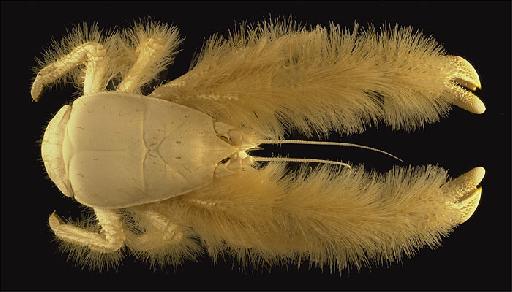Reflections on a couple TED talks.
Something of an aside, I spent a bit watching TED talks and came away learning a lot and with some new ideas. Lisa Harouni talked about the revolution that 3D printing is about to initiate in terms of allowing us to design things that were not possible otherwise. She gives some pretty compelling examples of heat exchange systems, artificial limb devices and other structures whose immensely complicated lattice design would be impossible to construct rigidly using conventional methods.
Paul Snelgrove talked about the completion of Census of Marine Life, a decade-long international study to increase our knowledge of the sea and the life it holds. He only briefly highlights some of the wondrous creatures of the sea, such as the Blobfish or the yeti crab, yet seeing just this small sliver is fascinating. It begs the question of whether the millions spent on Pandas and other land creatures should be re-directed toward studying the vast depths of the ocean for creatures that will continue to stretch our imagination.
Brian Greene, who wrote The Elegant Universe (read this a while ago and it is highly recommended) among other books, was talking about the multiverse. This idea stems from an attempt to explain the results of string theory, a framework that uses the vibration of strings smaller than atoms to explain the physical properties of the universe. Because the theory predicts that different vibrations lead to different physical properties being manifest yet we only see one set of physical rules in our universe, there is likely a multitude of universes of which we happen to be one. More importantly, he talks about certain observations that one can only make during particular periods in the Universe's lifespan, such as observing stars. Because we are moving away from other galaxies at an accelerating rate, at some point we will move away faster than light, leading to no intergalactic light reaching our galaxy. Future astronomers will see inky blackness. This is an interesting insight that might apply to other systems, such as biology, and will form the foundation of a future short story.
Jennifer Pahlka went on about using coding, or technology in general, to help improve government where it matters, at the local and bureaucratic level. This is highlighted by such app as Citizens Connect, an application that allows Boston residents to notify each other about going-ons in the neighborhood and allows more rapid responses than would be possible using city services. There are many other examples and it reminds me of the MIT@Lawerence initiative that we took part in freshmen year as part of iHouse. The goal was to use a GIS to track the location of various city utilities so they could better identify those needing repair and allow city workers to save time during emergencies. Using technology, rather than divisive politics, to move local governments forward is something I support heavily.
TED talks are but one route that allows one to listen to what others are up to outside your area of interest. I have already seen the benefits of 3D printing on biology through my work at Janelia Farm while Brian's idea that nature has physical laws that prevent observation of particular phenomena after a certain time-point has interesting applications to biology, such as observation molecular and evolutionary events. The roundabout way to improving government through improving technology, rather than trying to improve government itself, might be the solution to our many transportation problems, which are becoming so immense and disheartening. More thoughts and finds from TED talks coming up.
 stanford
stanford linkden
linkden github
github goodreads
goodreads medium
medium twitter
twitter
